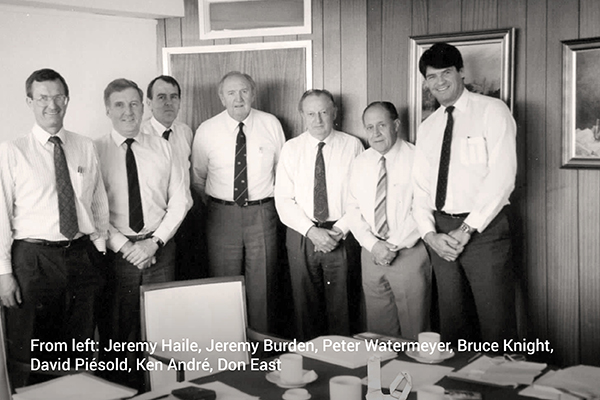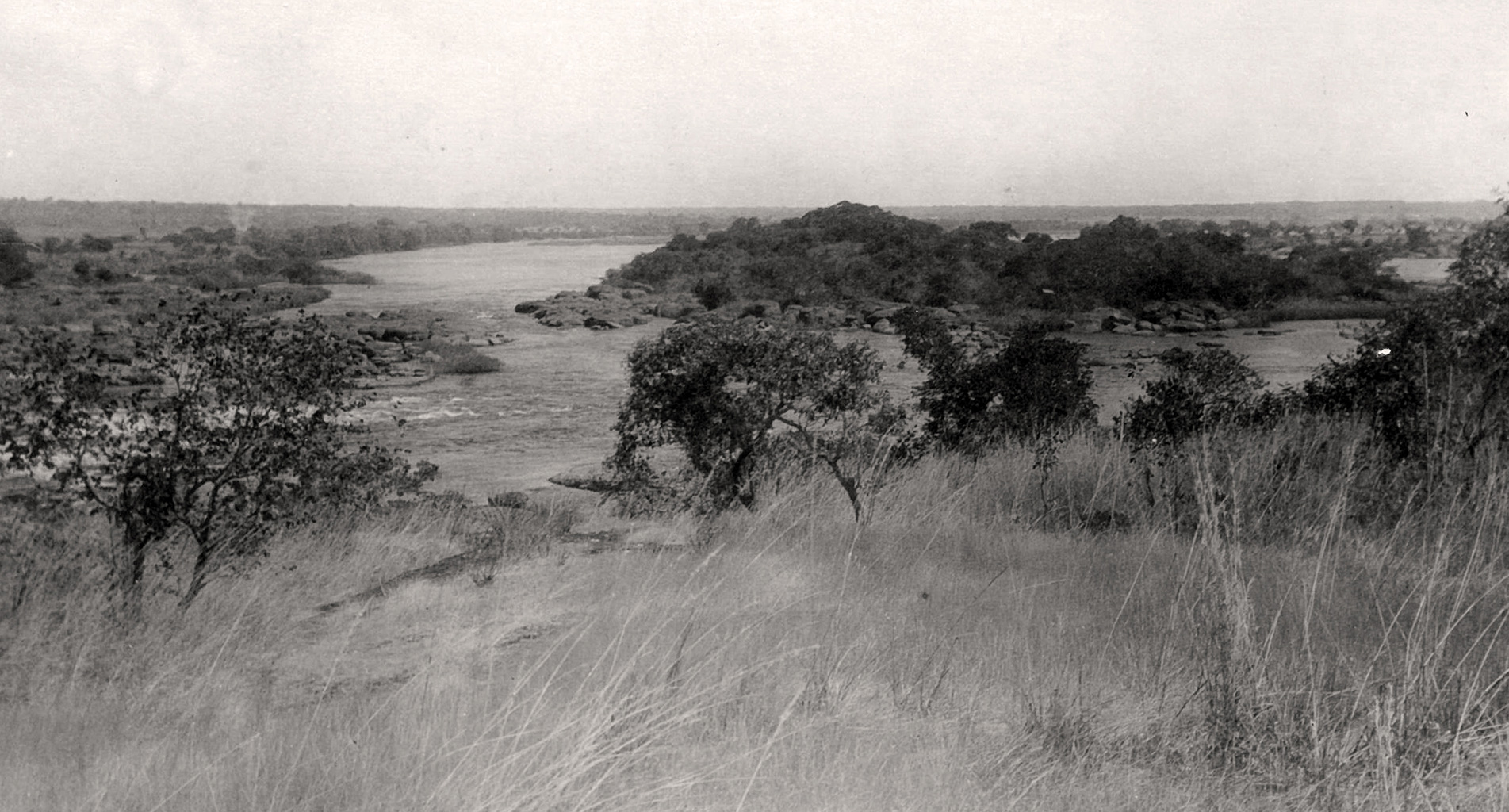
Road to 100: Watermeyer, Legge, Piésold and Uhlmann
The 1960s: WLPU and Move to the UK
When Dr. Kanthack passed away in 1961, the partners at the time consisted of T. C. (Tom) Watermeyer, G. H. H. (Hugh) Legge, D. D. A. (David) Piésold, and Dr. H. L. B. (Hans) Uhlmann.
In a recollection by former partner Rob Williamson, he recalled receiving his appointment letter in 1964 from F. E. Kanthack and Partners. The young engineer had joined the firm in response to a recruitment campaign to staff up for a newly awarded contract from the Phalaborwa Water Board. The office was on Juta Street, Braamfontein in Johannesburg, a block away from the office of major client, Escom (now Eskom). Later that year, the partnership changed its name, to reflect the surviving partners, to Watermeyer, Legge, Piésold and Uhlmann or WLPU, as it became commonly known.
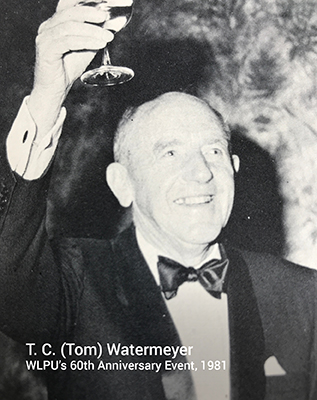 Williamson reflected on Watermeyer:
Williamson reflected on Watermeyer:
He was extremely well respected in the industry. He managed the firm by a daily walkabout routine when he would enquire of all staff what they were working on and offer comment and advice. He went on to manage the firm’s participation in the Orange River project and was a valued consultant to Eskom.
At the time, Legge was the partner-in-charge of water projects and Dr. Uhlmann was a structural engineer who specialized in the thermodynamics of cooling towers.
Piésold was the partner-in-charge of the practice in Salisbury, Southern Rhodesia (now Harare, Zimbabwe) doing infrastructure and tailings dam work in Northern Rhodesia, Southern Rhodesia, and Nyasaland. Nyasaland became Malawi in July 1964 and Northern Rhodesia became Zambia in October 1964, both with majority rule African governments. The impending split of Southern Rhodesia from the UK meant that the company would no longer be able to do work in Zambia and Malawi from an office in Salisbury, so Piésold gathered the staff in a legendary meeting in 1965 where he pronounced: “This office is moving to London.” The London office later moved to Ashford, Kent in 1971 to be close to the corporate headquarters of Charter Consolidated Mines, and this office became the center of engineering for the practice, with control of the subsidiary offices in Zambia and Malawi.
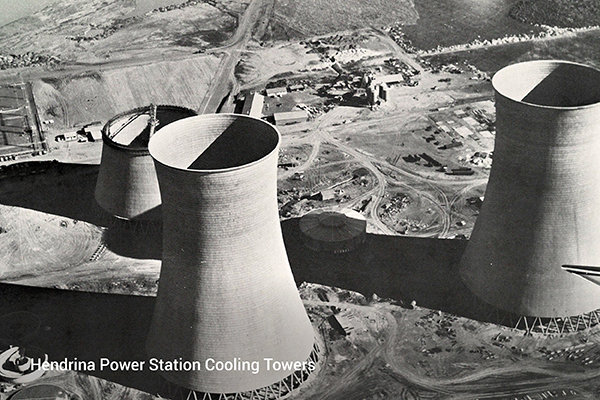
Back in the WLPU Braamfontein office, the firm undertook the massive Phalaborwa Water Board project; its purpose was to provide an assured bulk water supply to the mines in the area. It involved a major gated barrage on the Olifants River, major water treatment plant extensions, and new pump stations and pipelines to provide water to the local mines, the town, and other consumers. Arising from the Phalabowa Water Board work, which extended from 1964 to 1985, the firm’s Phalaborwa office was founded in the early 1980s and continues to serve local clients.
At the same time, other sections of the firm were involved in Eskom power station projects, comprising cooling towers, chimney stacks, circulating water pump stations, and other components. Dr. Uhlmann developed the thermodynamic theories necessary for the design of various Eskom and municipal power stations.
The firm participated in the Johannesburg elevated motorway development in 1967, and later went on to manage the cooling water intake works and break-water structure of the Eskom Koeberg Nuclear Power Station.
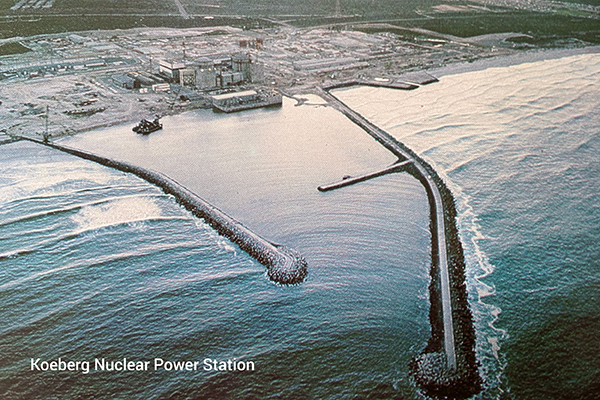
Around 1970, the WLPU Braamfontein office moved to Rivonia, north of Johannesburg, when long-standing client Eskom moved to Megawatt Park. The partners at that time invested in the construction of their own office block in Rivonia, the T. C. Watermeyer Center. The architect was Philip Watermeyer, son of Tom Watermeyer.
The 1970s: R. B. (Bruce) Knight and Expansion into Australia and Canada
The 1970s led to opportunities for the company to expand outside of Africa and the UK and saw the first use of the Knight and Piésold names.
David Piésold was a well-respected member of the International Federation of Consulting Engineers (FIDIC) and a regular attendee of its conferences, which enabled him to meet and form friendships with his peers from numerous different countries around the world. R. B. (Bruce) Knight had worked for many years with F. E. Kanthack and Partners in the Federation of Rhodesia and Nyasaland and in South Africa before leaving the firm and moving to Canada in 1964. Knight continued to maintain contact with Piésold and moved back to the WLPU offices in South Africa and Zambia on two occasions before finally returning to Canada in 1971.
In 1972, Piésold asked Knight to start a WLPU associated practice in Sydney, Australia to specifically seek work in the mining area for tailings disposal and other associated works, as well as in the power generation sector for cooling tower work. The firm was legally established using the name WLPU Consultants (Australia) Pty Ltd. on October 20, 1972 and took an office located on the 25th floor of Australia Square, which was at that time Sydney’s tallest building. The staff for the first year comprised of only Knight and a secretary. Knight spent much of his time travelling Australia, introducing the firm’s services to potential clients and using the contacts that Piésold had made in FIDIC as support. In 1973, the first staff member joined Knight to help with several tailings assignments he had obtained at Mt. Gunson, Mary Kathleen Uranium, and Gunpowder copper mines.
While there were no other firms providing expertise in tailings handling and disposal, selling the expertise was not easy. The majority of the mines were well away from any habitation and there was little incentive or pressure from statutory regulators for mines to address the environmental aspects of waste disposal. The Australian situation began to change in the late eighties, and environmental awareness backed by regulation began to steadily improve through the nineties.
In 1974, Knight decided to return to Canada and Jeremy Burden was transferred from the Ashford office to take over the Australian practice.
In November 1975, Knight opened the Knight & Piésold Ltd. office in Vancouver, Canada, to tap into the Canadian mining market, forming an association with Piésold and marking the first operating company to use both the names Knight and Piésold.
From there, he worked on the Masinga Dam project in Kenya through the Ashford office. Within Canada, the first major projects were the tailings storage facility for the Key Lake uranium mine in Saskatchewan, and the new Bardenpho advanced wastewater treatment plant for the City of Kelowna in British Columbia. He was responsible for getting the firm established as a company specializing in tailings and water management for mining projects and advanced biological wastewater treatment.
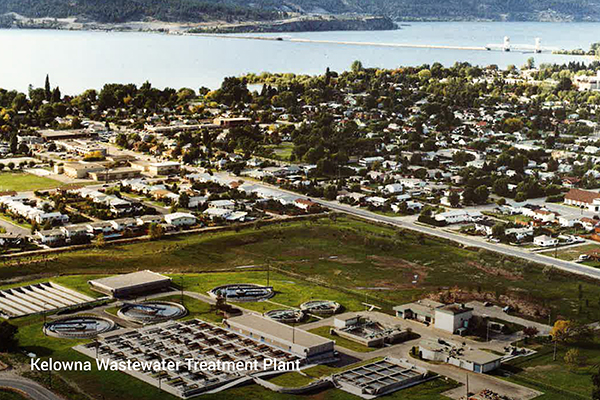
Jeremy Haile joined Knight at the Vancouver office in 1979 after having worked for WLPU in the UK and Africa since 1972. He later became president of the Canadian practice in 1990 when Knight retired.
The 1980s: 60th Anniversary and More Expansions
In 1981, the company celebrated its 60th anniversary with a big event at the Carlton Hotel ballroom in central Johannesburg. With over 400 guests in attendance and entertainment provided by Des and Dawn Lindberg (well-known South African folk music performers), the event was a great success.
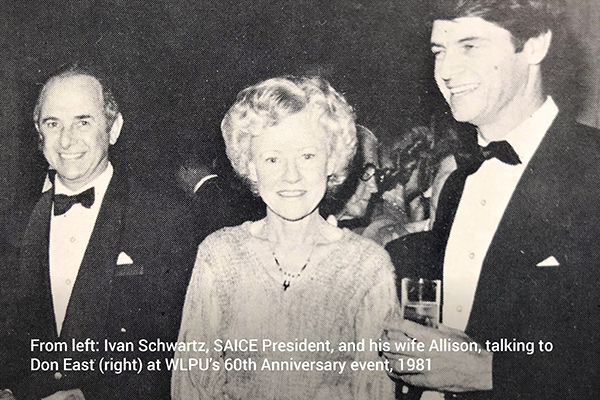
In 1982, following an appointment as the civil engineering consultant for the Morupule A Project in 1979, Knight Piésold (Pty) Ltd. (Botswana) was established in Gaborone, Botswana.
Back in North America, Knight was having success with Sonora Gold, a mining client with a gold project in Jamestown, California, and the idea of opening an office in the USA took hold. Knight reached out to Don East in the Rivonia office with the opportunity and he was immediately interested.
East had started with the company in 1975, after managing Civilab, a geotechnical and materials testing laboratory that was partially owned by WLPU. He became partner in 1979 and was heavily involved in industrial and mining projects, as well as taking the role of the company’s resident pilot, flying staff to remote sites.
In July 1985, Knight Piésold and Co. was established in Denver, USA, carrying on the new tradition of using the Knight and Piésold names. East had the challenge of growing a new, relatively unknown firm in a very competitive market made up of some well-known engineering firms. He targeted clients and was able to leverage off the good work of the Vancouver office in the mine tailings business. Their first major client was Newmont Mining, who was (and still is) the largest US gold mining company. Towards the end of the decade, the US practice expanded to provide environmental engineering services and opened an office in Elko, Nevada.
David Piésold and Bruce Knight retired from full-time involvement in 1989 and in 1990, respectively; although, they both stayed actively involved in project work and in coordinating global activities for several years. A Global Operating Committee (GOC), which included the senior partners, president or managing director of each operating entity, was established to monitor global activities. In 1990, the GOC decided to change the name of all operating entities to Knight Piésold, except in South Africa where the new name was not adopted until 1995.
